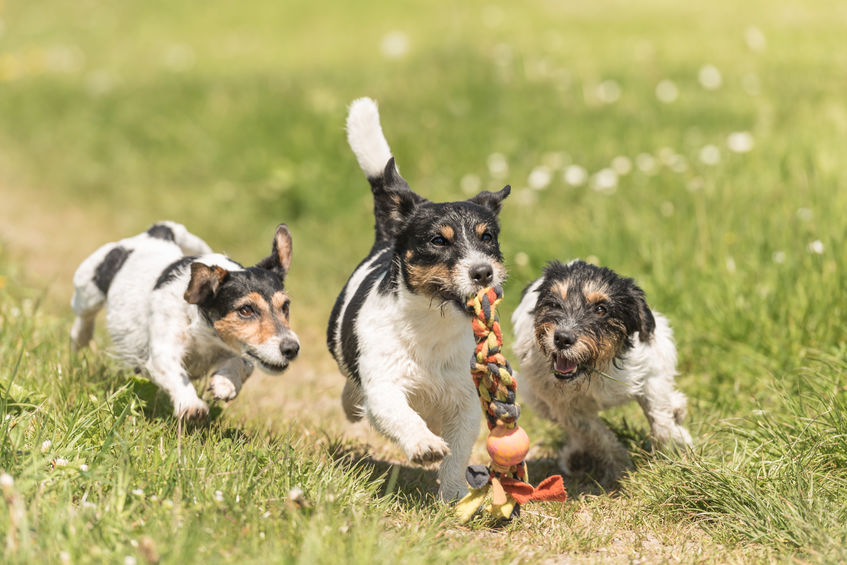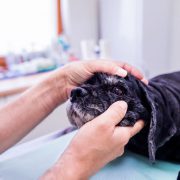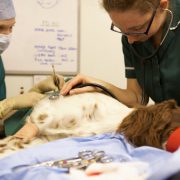A comparison of the rates of postoperative complications between dogs undergoing laparoscopic and open ovariectomy
A comparison of the rates of postoperative complications between dogs undergoing laparoscopic and open ovariectomy

Requires membership/payment
This article can be accessed via RCVS Knowledge Library Membership (click here).
In our edition of: Jun 2019
In our categories of: small animals
our summary:
Charlesworth, T.M. and Sanchez, F.T. (2019) A comparison of the rates of postoperative complications between dogs undergoing laparoscopic and open ovariectomy. Journal of Small Animal Practice, 60 (4), pp. 218-222
This aim of this retrospective study was to examine and compare postoperative wound healing complication rates of laparoscopic and open surgical approaches for ovariectomy (OE) in a single practice.
OE cases from 2013-2018 were retrieved from the practice database and selected for inclusion if they had complete surgical notes, at least one post-operative check and 3 months of follow-up. The cases were divided into OPEN, where the standard open surgical technique was used or LAP for cases treated laparoscopically.
Case complications which were defined as ‘any departure from the expected post-operative course’ were independently described and graded by both authors using the four point Clavien-Dindo grading system. Complications were then divided into one of four categories: wound healing, gastrointestinal, pain or other. Wound complications were further categorised as inflammation or as superficial or deep surgical site infection (SSI).
For the OPEN group, 106 cases were included for analysis. Overall complication rate was 44%, and of these 28% and 9% were related to wound healing and gastrointestinal abnormalities respectively. 4.7% of the dogs were identified as having superficial SSI, 1% deep SSI and 18.9% inflamed wounds.
For the LAP group, which had 154 cases, the overall complication rate was 20%, and of these 11% and 7.8% were related to wound healing and gastrointestinal abnormalities respectively. 3% of dogs were identified as having superficial SSI, there were no cases of deep SSI, and 8% were described as wounds inflamed.
Limitations include the retrospective nature of the study and the fact that all cases came from one practice.
This study provides useful evidence for veterinary practitioners on the complication rates for ovariectomy using open or closed methods. This will be valuable in discussion with owners about the benefits and risks of the two procedures.
Interested practices may wish to take part in The National Audit for Small Animal Neutering, which assesses post-operative complication rates for routine neutering, available on the vetAUDIT site.
Image copyright attribute: K. Thalhofer
Join the discussion
We encourage discussion on all material highlighted in each edition of inFOCUS. Use the button below to join the conversation on Twitter and include your comment in the feed for this issue.







Leave a Reply
Want to join the discussion?Feel free to contribute!